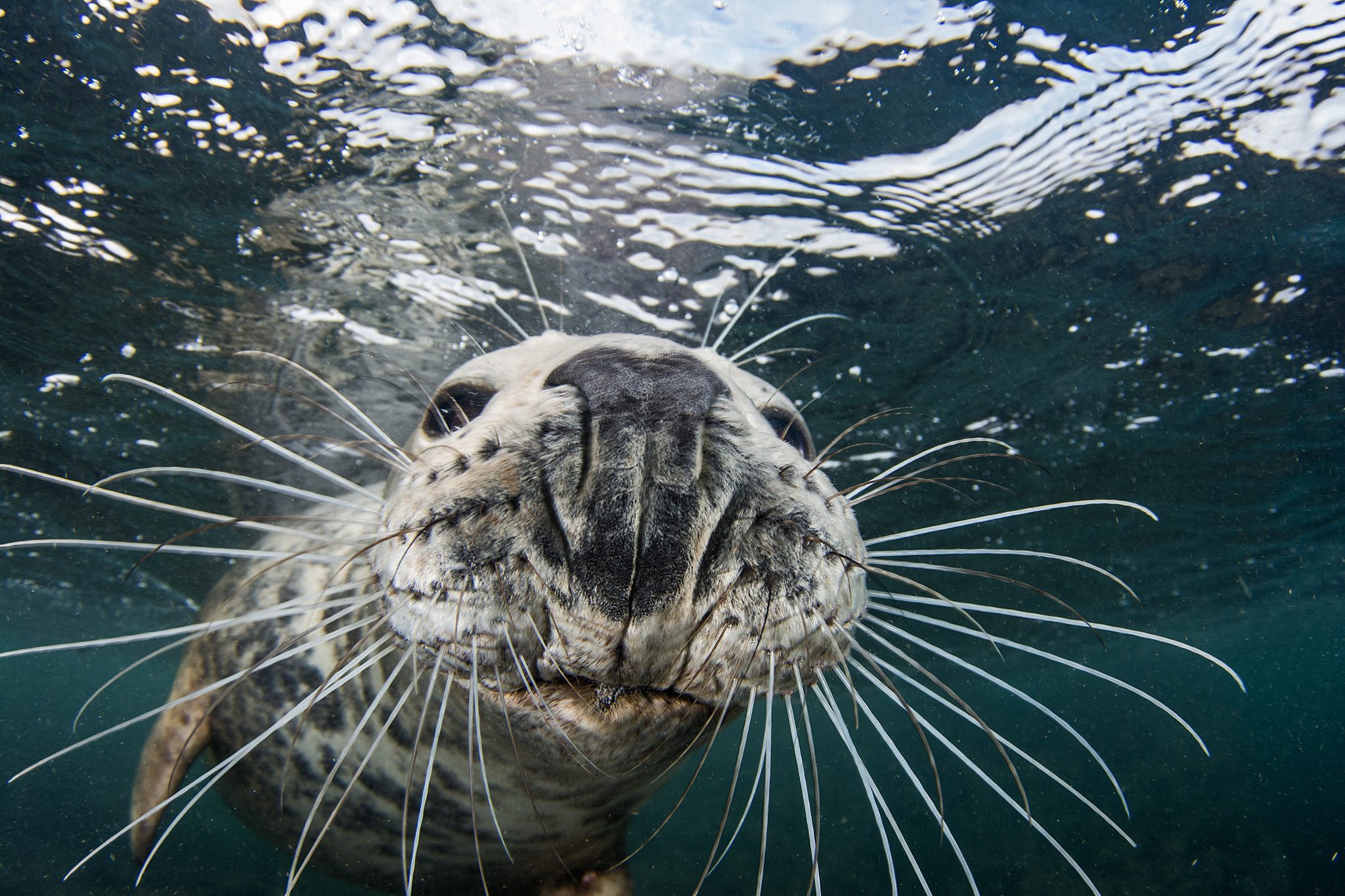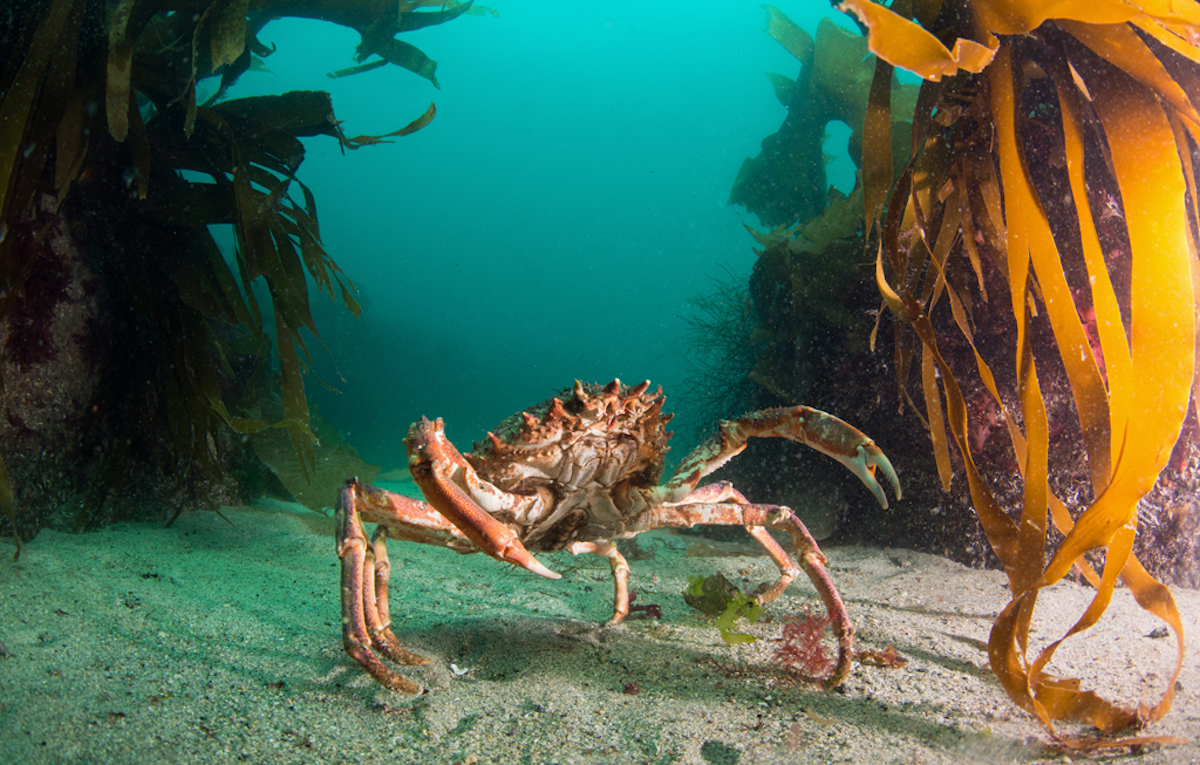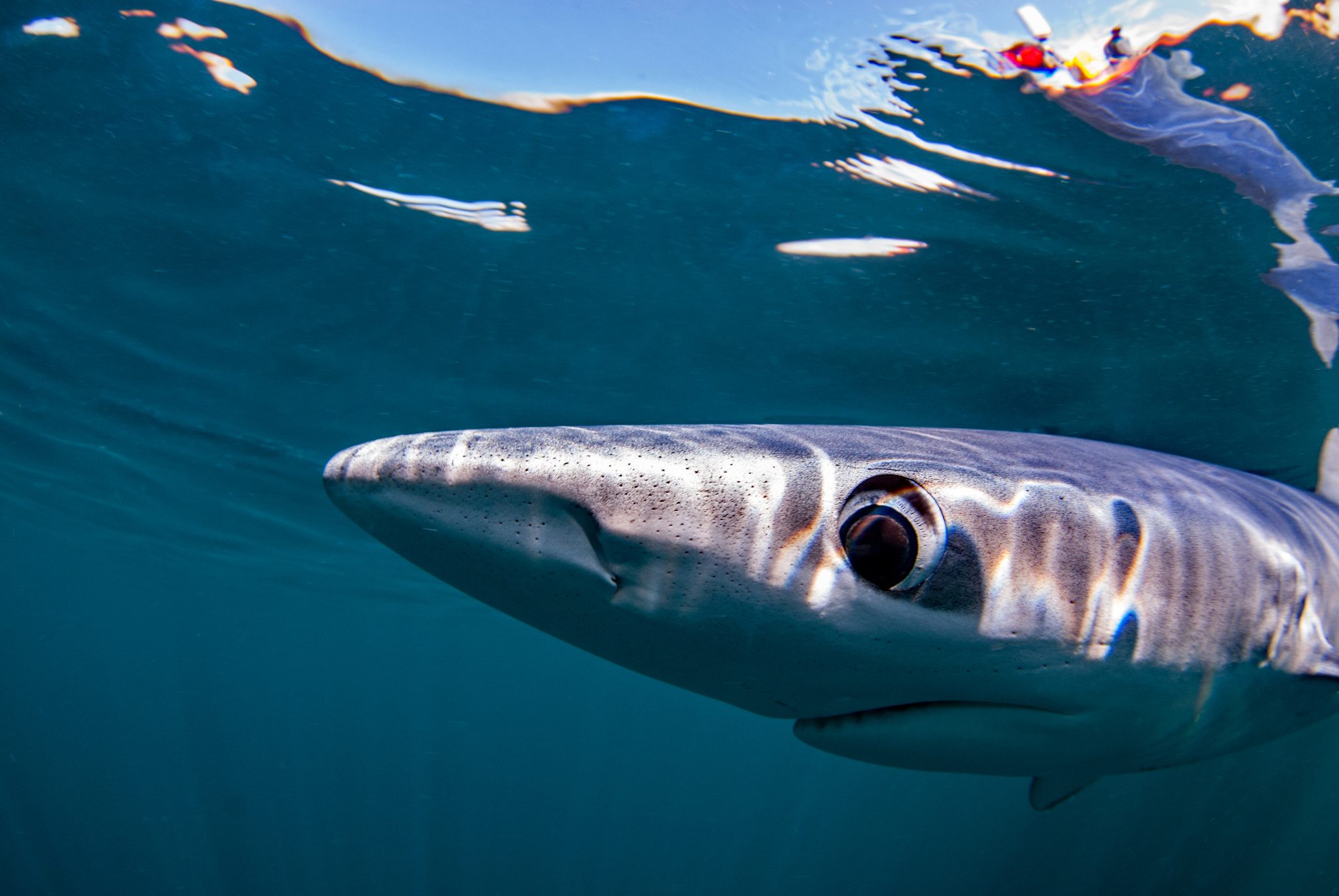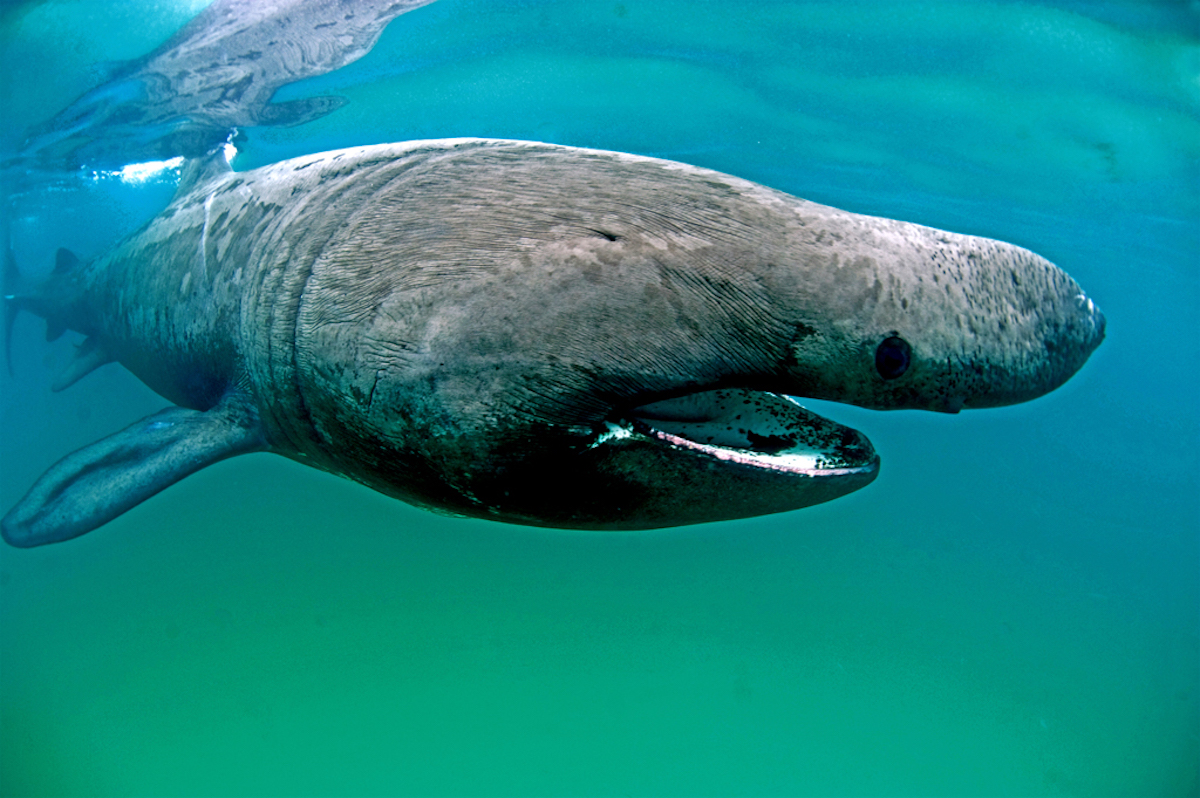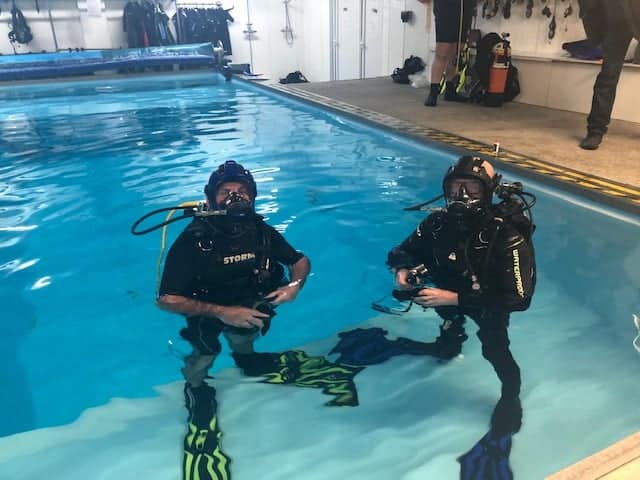2DiVE4 Scuba School are a PADI 5 Star Instructor Development Centre located 1 minute off the M11 in Bishop’s Stortford. 2DiVE4 have been teaching PADI divers for over 2 decades and are the most experienced dive centre in the South East. 2DiVE4 have a large instructor teaching team for of knowledgable, fun and safe instructors, that deliver the range of Read more...
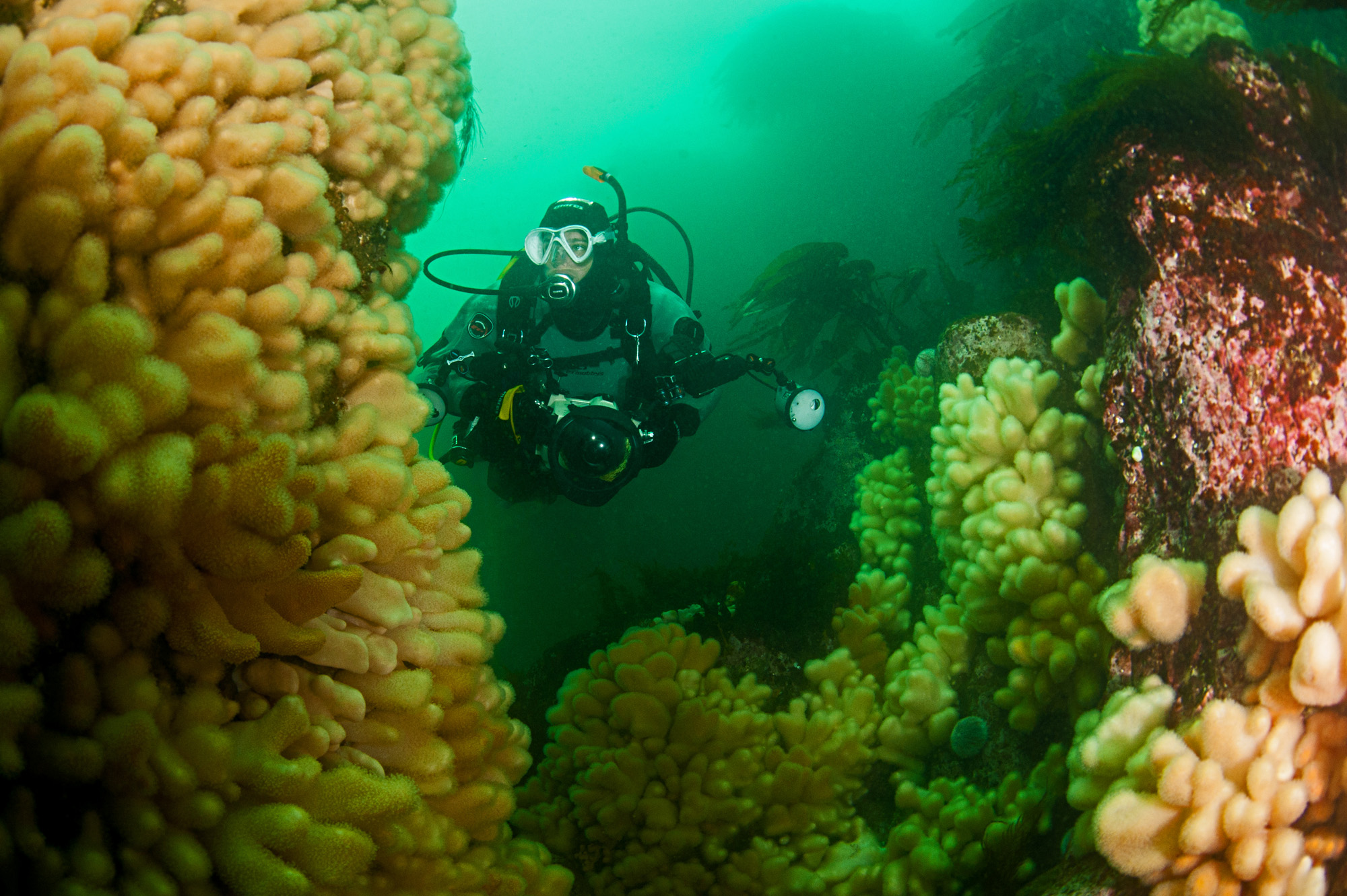

Overview
Fact File
| Capital | London |
| Population | 68,700,000
|
| Languages | English |
| Time | GMT |
| International Dialling Code | +44 |
| Money | Pound Sterling, GBP (£) |
| Air Temperature (average) | 4°C – 22°C |
| Water Temperature (average) | 6°C – 19°C |
| Tourist Board | |
| International Airports | London Heathrow (LHR), London Gatwick (LGW), Manchester (MAN), London Stansted (STN), London Luton (LTN), Birmingham (BHX), Edinburgh (EDI), Glasgow (GLA), Bristol (BRS), Newcastle (NCL), East Midlands (EMA), Liverpool (LPL), London City ( LCY), Leeds/Bradford (LBA), Exeter (EXT), Isle of Man (IOM), Bournemouth (BOH), Norwich (NWI), Newquay NQY), Southampton (SOU), Jersey (JER), Aberdeen (ABZ), Cardiff (CWL), Anglesey (VLY), Belfast (BFS) and Derry (LDY).
|
About The Diving
The UK’s temperate maritime climate means the waters surrounding the UK stay between 6°C in winter and 19°C in late summer. The coast here is scattered with wrecks from a long maritime history, while the cool waters are home to some amazing creatures, such as grey and common seals, basking sharks, conger eels, cuttlefish, John Dorys, seahorses and swathes of jewel anemones.
The UK is a nation with a long diving history; with such a huge coastline there are great dives to be had all around the islands. Starting from Scotland, we have Shetland in the north, home to seals, orcas and wild coastline. The wrecks of Scapa Flow, the lochs and islands of the western coast, with St Kilda being an excellent dive spot and the Marine reserve at St Abbs and Eyemouth in the east are always firm favorites.
In England, several inland quarries, like Capernwray and Stony Cove provide excellent training sites, with sunken features for divers to enjoy while keeping their skills sharp. Devon is home to the stunning Lundy Island, Eddystone reef and the wrecks of the James Egan Lane and the Scylla. Cornwall has the benefit of the gulf stream passing the Isles of Scilly and so the wrecks that surround the rocky shores and reefs like the Manacles are covered with life. Dorset is home to some excellent wrecks and Swanage Pier is a favorite with underwater photographers. The English Channel is littered with wrecks from a wide historic period, as is the East coast bathed by the North Sea. To the North East, the Farne Islands are a favorite spot for diving with seals among spectacular scenery.
Wales has some brilliant spots, from the great shores dives off the beaches and coves of Anglesea, to exhilarating drifts through the Menai strait, to the truly stunning Pembrokeshire coast. Seals and dolphins are not uncommon sights here, the many shallow dive sites have a huge offering for underwater photographers and there are enough shipwrecks to keep any wreck lover happy.
Northern Ireland has a breathtakingly beautiful north coast with excellent diving, both shore diving from the numerous beaches and coves and boat diving offshore sites and islands, like Rathlin. In summer months RIB eco-tours can be booked to see the varied marine wildlife: seals, dolphins, whales and sea birds.
With the wealth of diving around the UK it is impossible to cover it all in one go. Below are just a handful of coastal highlights from this diving-rich kingdom.
Dive Highlights
Scapa Flow, Orkney
For wreck diving this has to be the premier dive location in the UK, where the remains of the German High Seas Fleet lie after being deliberately scuttled by the German Navy in 1919. Along with the blockships like the Tabarka, that lie in shallower water, there are also several WWII vessels to explore. There is a shipwreck for every experience level in the Flow, and one trip may not be enough!
St Abbs and Eyemouth, Scotland
This protected area of coastline has a wonderful array of marine life. The rocks here are festooned with soft corals, anemones, sea urchins and starfish. A huge diversity of fish including wolf fish and conger eels keep divers coming back trip after trip.
Anglesey, Wales
Anglesey, across the Menai Strait, has a great number of shore dives at shallow depths, easily accessible and with fantastic marine life. A whole holiday can be spent doing relaxed gully and reef dives accessible from the local beaches. With several hundred wrecks along the coast, including the SS Missouri and a B-17 Bomber, there are boat diving options too and diving for all experience levels.
Pembrokeshire, Wales
Home to the Skomer Marine Reserve, this spectacular reef is teeming with life, from dolphins to nudibranchs, seals to seahorses. Walls drop off to deep water, caves lure explorers and hundreds of wrecks mean there is something for everyone.
Lundy, Devon
Lundy Island, in the mouth of the Bristol Channel about 12 miles off the coast of North Devon, is a Marine Conservation Zone with fabulously rich marine life, impressive visibility and numerous wrecks to explore. The local seal population can be very playful and the biodiversity some of the best in the UK waters. Tidal currents can be strong, so this is best dived by experienced divers.
Farne Islands
Famous for its brilliant seal encounters, the Farne Islands have a large and playful population of grey seals. Diveable year round when the weather is calm, there are sites for all levels. Rock faces covered with crevices and gullies to explore shelter a host of marine life, such as lobsters, crab, nudibranchs and anemones. There are also several good wreck dives in the area. The islands are also home to the beloved puffin, which can be seen in the nesting season.
Porthkerris, Cornwall
Porthkerris lies on the Lizard peninsula of Cornwall. It is a famously treacherous area of submerged rocks like the Manacles which has resulted in hundreds of shipwrecks, now a haven for sea life. Dive sites in the area are suited to a range of experience levels, from an easy yet beautiful shore dive at Porthkerris beach to boat diving offshore pinnacles like Vase rock, now covered in swathes of jewel anemones. Basking sharks are also seen in the area in late spring to early summer feeding on plankton blooms.
Dorset
Dorset has several excellent wreck dives, from submarines, to warships, and sailboats to tanks. The M2 submarine off Portland is a stunning wreck with a tragic story. If wrecks are not your thing, or you’d like a shallow dive to finish off the day, Swanage Pier is an easy and excellent shallow shore dive. The Victorian era pilings are covered in life and the structure provides a nursery for pollock, bib and ballan wrasse. The shallow depth means the light is superb for underwater photography and there are usually plenty of willing subjects like the ever popular tompot blenny and cuttlefish.
Rathlin Island, Northern Ireland
Rathlin to the north of Ballycastle has some fantastic diving. The strong tidal currents in this area mean the marine life is numerous, varied, vibrant and healthy. The northwest cliffs drop to depths of 200m just offshore making an impressive wall dive. Tides hitting the cliffs can create powerful up and down currents, so experience and staying close to the rock is important, but well worth the effort. On the east coast the wreck of the S.S Lochgary, a converted government transport ship, which was involved in the WWII Dunkirk evacuation, before sinking in her current location in 1942.
When To Go
The weather is best and the water warmest in the summer months, however algal blooms mean the visibility can be severely reduced. Late autumn and winter often have better visibility if you can handle the cooler temperatures and get a weather window.


